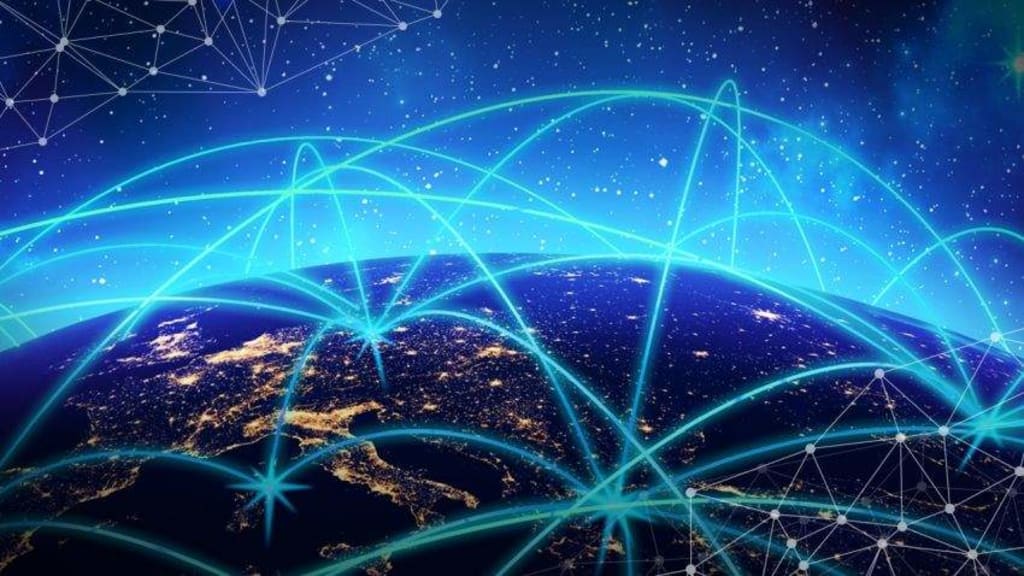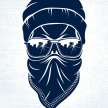"Experts weigh in on the future of the art market"
art market and the various factors that are shaping its future

I. Introduction
The art market is a constantly evolving landscape, shaped by a variety of factors including technology, social media, investment opportunities, and geopolitical events. In recent years, technology has had a significant impact on the way art is bought and sold, and this trend is expected to continue in the future. Social media has also played a significant role in the art market, making it more accessible to a wider audience and increasing competition among artists and galleries. As the art market continues to evolve, it is important to consider the potential risks and returns of art investment and the impact of economic trends and geopolitical events on the market. In this article, we will explore the current state of the art market and the various factors that are shaping its future.
II. Impact of technology on the art market
Technology has had a profound impact on the art market in recent years. Online marketplaces, such as Artsy and Artspace, have made it easier for buyers to discover and purchase art from anywhere in the world. Virtual reality (VR) technology has also been used to create immersive art experiences, allowing viewers to experience art in new and exciting ways. Additionally, blockchain technology has been used to create digital art and non-fungible tokens (NFTs), which are unique digital assets that can be bought and sold just like physical art.
The benefits of technology in the art market are many. Online marketplaces and VR technology have made it easier for buyers to discover and purchase art, and blockchain technology has created new opportunities for artists to monetize their work. However, there are also drawbacks to consider. For example, online marketplaces can make it difficult for traditional brick-and-mortar galleries to compete, and the use of NFTs has raised concerns about the authenticity and value of digital art.
III. The role of social media in the art market
Social media platforms have played a significant role in the art market in recent years, making it more accessible to a wider audience and increasing competition among artists and galleries. Artists and galleries use social media platforms to promote their work and connect with potential buyers. Instagram, in particular, has become a powerful tool for artists and galleries to reach a global audience.
The democratization of the art world is one of the biggest benefits of social media in the art market. It has made it easier for emerging artists to gain exposure and build their careers. However, it has also created more competition among artists and galleries, making it more difficult for them to stand out. Additionally, the use of social media in the art market raises questions about the authenticity of art and the value of social media “likes” and “followers.”
IV. The future of art investment
As the art market continues to evolve, it is becoming increasingly important to consider the potential risks and returns of art investment. The art market is often seen as a hedge against inflation and a way to diversify a portfolio. However, it is also a highly speculative market, and the value of art can be affected by a variety of factors including economic trends and geopolitical events.
The impact of economic trends on the art market is complex. A strong economy can lead to increased demand for art, driving prices up. However, a recession can lead to a decrease in demand and a drop in prices. Additionally, geopolitical events such as wars and political revolutions can have a significant impact on the art market. Wars can lead to the destruction of art and political revolutions can lead to the nationalization of art.
V. The impact of geopolitical events on the art market
Geopolitical events such as wars and political revolutions can have a significant impact on the art market. Wars can lead to the destruction of art and the displacement of artists and collectors, causing a disruption in the market. Political revolutions can also lead to the nationalization of art, which can result in the loss of significant works of art and a decrease in the value of the remaining art.
The long-term effects of geopolitical events on the art market can be significant. For example, the destruction of art during wars can result in a loss of cultural heritage and history. The displacement of artists and collectors can also result in a loss of talent and a disruption in the market. The nationalization of art can lead to a decrease in the value of the remaining art and a loss of cultural heritage.
VI. Conclusion
In conclusion, the art market is a constantly evolving landscape, shaped by a variety of factors including technology, social media, investment opportunities, and geopolitical events. Technology has had a significant impact on the way art is bought and sold, and this trend is expected to continue in the future. Social media has also played a significant role in the art market, making it more accessible to a wider audience and increasing competition among artists and galleries. As the art market continues to evolve, it is important to consider the potential risks and returns of art investment and the impact of economic trends and geopolitical events on the market. While technology and social media can create new opportunities in the art market, geopolitical events such as wars and political revolutions can cause destruction of art and disrupt the market. It is important for artists, gallerists and collectors to be aware of these changes and adapt accordingly for the future of the art market.
About the Creator
Yuvaraj Murugasan
"Discover thought-provoking content on our page. From latest news and mystery,crime,thiriller,death to cutting-edge technology, we offer something for everyone. Join us for a journey of learning and inspiration. Stay tuned!"
Enjoyed the story? Support the Creator.
Subscribe for free to receive all their stories in your feed. You could also pledge your support or give them a one-off tip, letting them know you appreciate their work.






Comments
There are no comments for this story
Be the first to respond and start the conversation.